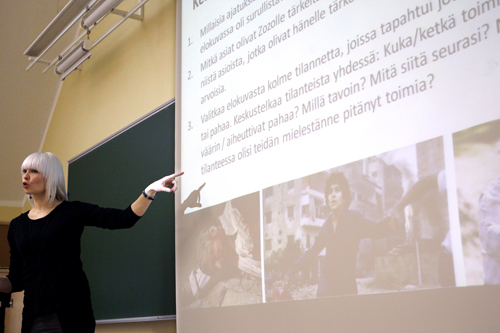
By now my followers know that I am a big fan of Finnish educator Pasi Sahlberg and his book, il 2013 University of Louisville Grawemeyer Award winning Lezioni finlandesi: Cosa può fare il mondo Impara da Change Formazione in Finlandia? The Harvard Graduate School of Education recently named Sahlberg a visiting professor of practice beginning January 2014.
Finland is globally recognized as a leading education system. All Finnish teachers are required to have a Masters degree and entrance into this prestigious profession is highly competitive (solo 1 in 4 applicants are accepted).
In January of this year, I asked Pasi to give me his predictions on how technology might impact Finnish teachers and classrooms 5 o 10 anni da oggi. Pasi envisioned three scenarios as to what might happen. His first scenario: schools use technology to align all core instructional operations. While this would change classrooms, learning would remain primarily in schools supported by homework, as it is today. His second scenario is that personalized digital learning becomes the most common form of study, i.e. learning could take place from any location. In this scenario schools would become places for facilitation of study and checking of achievement. Sahlberg’s third scenario would be for schools to be elevated to places for social learning and developmental skills to be nurtured. Cooperative learning, problem solving and cultivating the habits of mind would be at the heart of school life.
Il Finnish matriculation examination (the Lukio) is the only national test that Finnish students sit. The test is given to all students at the end of their high school years. The Finnish National Board of Education has set a goal for the matriculation exam to be digital by 2016. What changes will Finnish schools and educators need to make to prepare for this?
Today I am pleased to welcome Pasi Sahlberg along with Finnish teacher and counselor, Timo Ilomäki, a Il Global Ricerca per l'Educazione – Got Tech? series to share their perspectives.
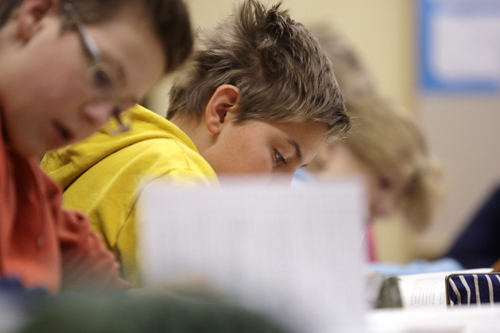
“In 2016, there will be a big change in our national high school exam, i.e. the eExam. High schools are in the middle of education technology discussions right now. I believe it is time for students to use the same tools that they will use in their work lives.” — Timo Ilomäki
Timo, research shows higher engagement and better retention when students use technology. How has technology impacted the Finnish education system? Che cosa si vede come i pro ei contro di un punto di vista di apprendimento?
Storicamente, Finland has not been advanced in terms of using education technology in the classroom. Tuttavia, in passato 2-3 years this has changed a lot. iPads and other tablets have come to Finnish schools. In 2016, there will be a big change in our national high school exam, i.e. the eExam. High schools are in the middle of education technology discussions right now. I believe it is time for students to use the same tools that they will use in their work lives. The problem is that there are many different education technology systems being used inside the same schools.
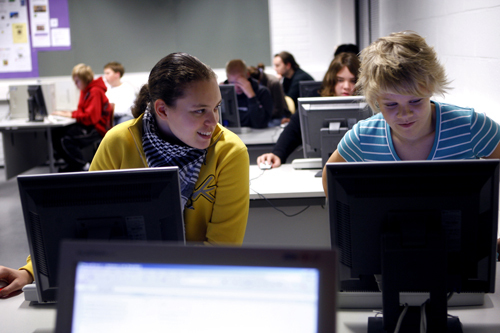
“Because of the Lukio’s importance, and the changes to this exam in 2016, teachers will have to use more tech to ensure that students get better results on the new test.” — Timo Ilomäki
Dal punto di vista di apprendimento, do teachers believe technology can bring learning to a higher level? Technology claims to be able to individualize learning. Is that seen as a positive opportunity?
Timo Ilomäki: Many teachers don’t believe in technology, but rather in traditional methods. Teachers trust their professional skills, and believe that they know what they are doing, and maybe they don’t believe they need edtech to help them. Principals are the key in Finnish schools. If principals want more edtech, then there will be more edtech. Finnish high schools are already based on individual learning – every student has his/her own schedule and study plan.
Pasi Sahlberg: Today most teachers in Finland judge their teaching methods by pedagogical criteria. In altre parole, they ask if this or that approach to teaching will in the end help all students to learn. For most teachers, learning means to understand by making meaningful connections between what is to be learned and what already exists in students’ menti. This includes the use of technology. The single most important reason to use available educational technologies in the classroom is whether it makes sense in terms of pedagogy. I am sure over time there will be more and more technology that is used in all classrooms in Finland. But I don’t think that Finnish teachers would agree with any ideas that would challenge their role as a teacher of their students. I do see that the teacher’s role is changing with the new technologies. In Finlandia, teachers are becoming more like coaches for students in their own learning given the various possibilities which technologies provide. But I also see a new expectation emerging for Finnish schools. There are an increasing number of parents in Finland who would like to see that their children have some time in school that is devoted to learning with and from people in face-to-face situations. There is renewed interest in cooperative learning, classroom discussions and individual study using books and magazines, so I believe we shall see some kind of educational renaissance soon in Finland.
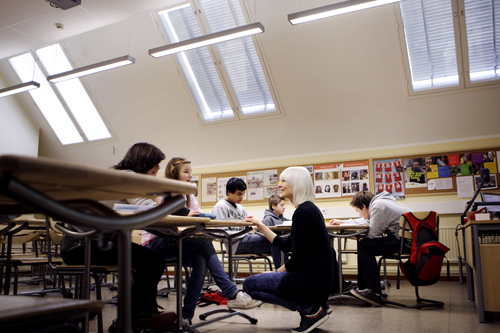
“There are an increasing number of parents in Finland who would like to see that their children have some time in school that is devoted to learning with and from people in face-to-face situations. There is renewed interest in cooperative learning, classroom discussions and individual study using books and magazines.”– Pasi Sahlberg
Intere stati negli Stati Uniti hanno adottato libri di testo digitali. Biblioteche universitarie stanno diventando depositari di contenuti digitali. Many would say textbooks have already gone digital and indeed the next generation of digital content is not far behind. What digital learning tools have been implemented in Finland?
Timo Ilomäki: There are lots of iPads now in Finnish schools, and that is why there are lots of Ebooks in curriculum subjects. I think eBooks will be the next big thing here, cioè, online books, which you can use with any device.
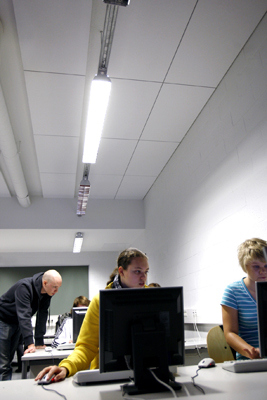
“The real revolution that technology is bringing will not happen in schools but outside of them. It will gradually take the monopoly and authority of knowledge and information from teachers and move teachers into a new role, that is to lead all students to their sources of curiosity and passion, and to discovering what they really want to be.” — Pasi Sahlberg
How do you see technology’s impact on curriculum design and the classroom generally in the run up to your new eExam?
Timo Ilomäki: Tech has always been mentioned in curriculum design but it is used less often. The new high school exam will be a big change, and curriculum will follow in its footsteps. It is the only national test in Finland and it’s given at age 18. Because of the Lukio’s importance, and the changes to this exam in 2016, teachers will have to use more tech to ensure that students get better results on the new test. Principals have no choice anymore as the exam will change things.
Pasi Sahlberg: Because curricula in Finland are designed by each individual school, edtech has a different role to play from one school to another. I think we will continue to see this diversity in Finnish schools as technology becomes a more common tool in teaching and learning. The eExam mostly affects our high schools and the assessment happening in those classrooms. Most Finnish high school students use technology as a normal tool in their studies. The new examination system will probably increase the use of technology, especially in school assessments.
Tuttavia, I believe the real revolution that technology is bringing will not happen in schools, but outside of them. It will gradually take the monopoly and authority of knowledge and information from teachers and move teachers into a new role that is to lead all students to their sources of curiosity and passion, and to discovering what they really want to be. I think the best way to move forward is to find a good solution to securing time for human interactions for all students in addition to giving students access to learn with new technologies. In Finlandia, one alternative is to build future learning in schools more on technologies that children bring with them to schools everyday rather than on technologies that schools can provide. Infine, I believe our teachers will need a new kind of professional development to support all the challenges that lie ahead.
Pasi Sahlberg is a featured author in Helen Janc Malone’s new book, Leading Change Formazione: Problemi globali, Sfide, e lezioni sulla riforma Whole-System (Teachers College Press, 2013): http://store.tcpress.com/0807754730.shtml

Photos courtesy of the Finnish Ministry of Education and Culture.
Per ulteriori articoli della Got Tech? serie: Il Global Ricerca per l'Educazione: Got Tech? – Canada, Il Global Ricerca per l'Educazione: Got Tech? – Australia, Il Global Ricerca per l'Educazione: Got Tech? – Singapore, Il Global Cerca Education: Got Tech? – Stati Uniti, Il Global Cerca Education: Got Tech? IB Scuole in un mondo virtuale, Il Global Ricerca per l'Educazione: Got Tech? – Argentina
Nel Global Search per l'Educazione, unirsi a me e leader di pensiero di fama mondiale tra cui Sir Michael Barber (Regno Unito), Dr. Michael Block (Stati Uniti), Dr. Leon Botstein (Stati Uniti), Il professor Argilla Christensen (Stati Uniti), Dr. Linda di Darling-Hammond (Stati Uniti), Dr. Madhav Chavan (India), Il professor Michael Fullan (Canada), Il professor Howard Gardner (Stati Uniti), Il professor Andy Hargreaves (Stati Uniti), Il professor Yvonne Hellman (Paesi Bassi), Il professor Kristin Helstad (Norvegia), Jean Hendrickson (Stati Uniti), Il professor Rose Hipkins (Nuova Zelanda), Il professor Cornelia Hoogland (Canada), Onorevole Jeff Johnson (Canada), Sig.ra. Chantal Kaufmann (Belgio), Dr. Eija Kauppinen (Finlandia), Segretario di Stato Tapio Kosunen (Finlandia), Il professor Dominique Lafontaine (Belgio), Il professor Hugh Lauder (Regno Unito), Il professor Ben Levin (Canada), Signore Ken Macdonald (Regno Unito), Il professor Barry McGaw (Australia), Shiv Nadar (India), Il professor R. Natarajan (India), Dr. PAK NG (Singapore), Dr. Denise Papa (Stati Uniti), Sridhar Rajagopalan (India), Dr. Diane Ravitch (Stati Uniti), Richard Wilson Riley (Stati Uniti), Sir Ken Robinson (Regno Unito), Professor Pasi Sahlberg (Finlandia), Il professor Manabu Sato (Giappone), Andreas Schleicher (PISA, OCSE), Dr. Anthony Seldon (Regno Unito), Dr. David Shaffer (Stati Uniti), Dr. Kirsten Immersive Are (Norvegia), Cancelliere Stephen Spahn (Stati Uniti), Yves Theze (French Lycee Stati Uniti), Il professor Charles Ungerleider (Canada), Il professor Tony Wagner (Stati Uniti), Sir David Watson (Regno Unito), Professor Dylan Wiliam (Regno Unito), Dr. Mark Wormald (Regno Unito), Il professor Theo Wubbels (Paesi Bassi), Il professor Michael Young (Regno Unito), e il professor Zhang Minxuan (Porcellana) mentre esplorano le grandi questioni educative immagine che tutte le nazioni devono affrontare oggi. Il Global Ricerca per l'Educazione della Comunità Pagina
C. M. Rubin è l'autore di due ampiamente lettura serie on-line per il quale ha ricevuto una 2011 Premio Upton Sinclair, “Il Global Ricerca per l'Educazione” e “Come faremo a Leggere?” Lei è anche l'autore di tre libri bestseller, Compreso The Real Alice in Wonderland.


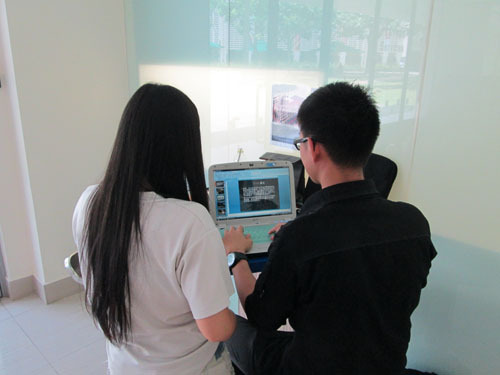
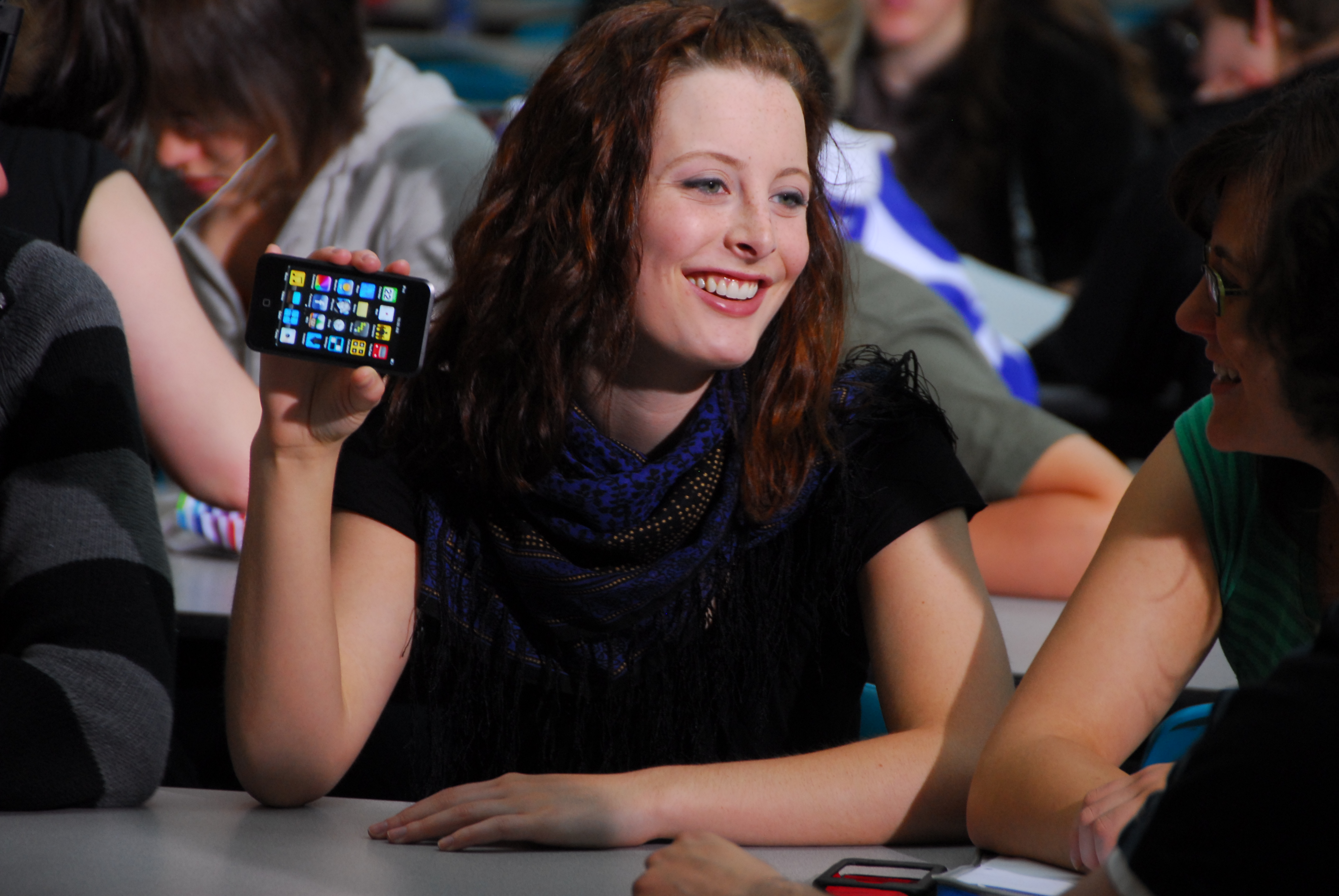
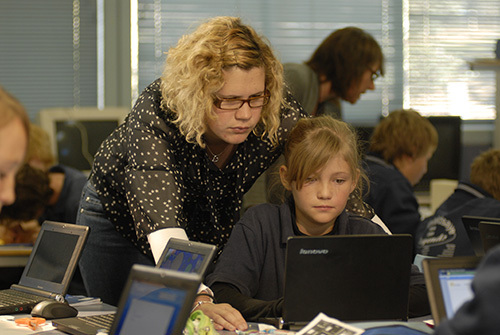
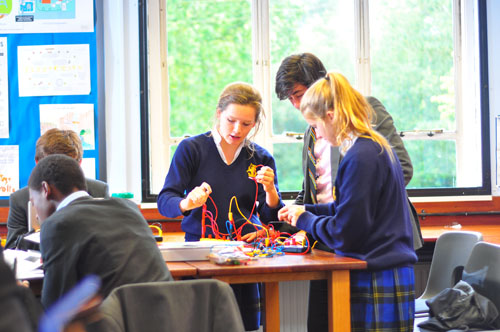
Commenti recenti